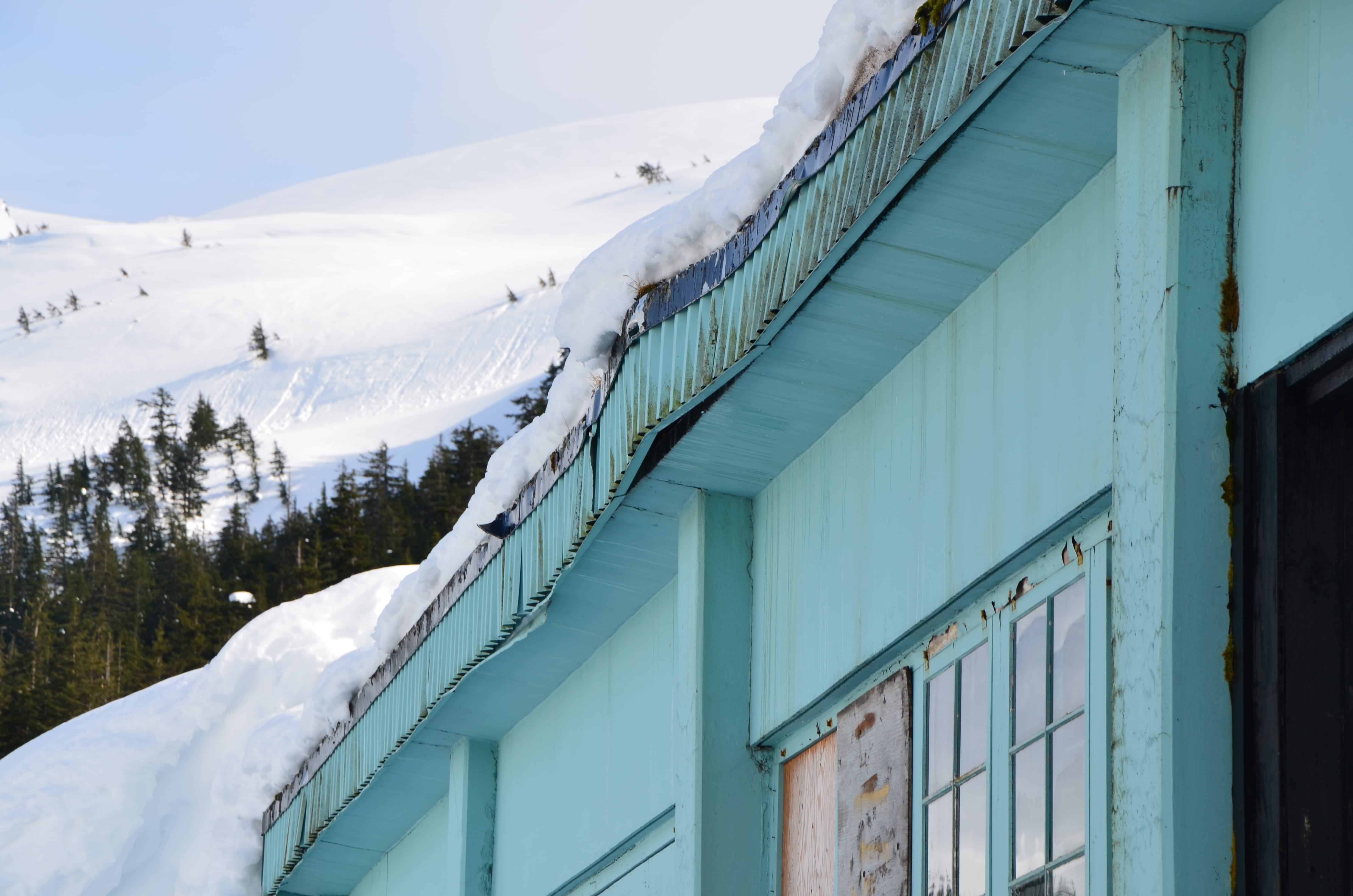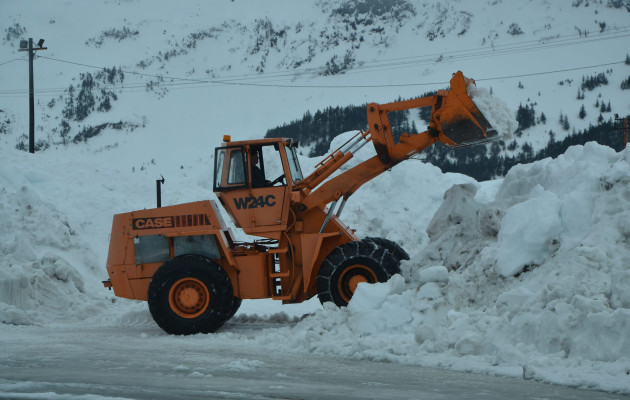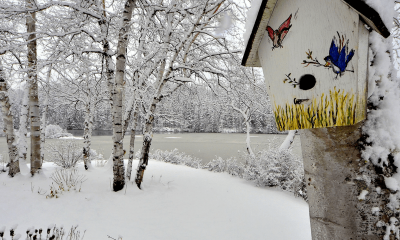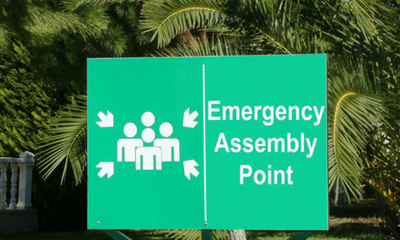Winter Storm Preparedness Checklist
Winter storms and blizzards are known for bringing various dangers such as slippery roads, arctic temperatures, and large accumulations of snow in a short period of time. Winter storms can trap people indoors for an extended period of time and can even result in roof failures. Additionally, large winter storms can lay the groundwork for subsequent water and ice damage in structures.
Being prepared is the best way to mitigate the damages from disasters; fortunately, there are many things you can do to prepare for such an event.
1.) Understand winter storm terminology
If you live in an area with winter weather, you have probably heard the terms: Winter Storm Outlook, Watch, and Warning – but, do you know the differences and meanings behind each?
- Winter Storm Outlook: Meteorologists issue this typically 3-5 days prior to a winter storm when they believe wintery conditions are possible.
- Winter Weather Watch: Watches are typically issued 12-48 hours before a winter storm is set to hit. This is to advice the public of the possibility of a winter storm, blizzard, or other hazardous wintery conditions such as freezing rain.
- Winter Weather Warning: Warnings alert the public 12-24 hours before a winter storm occurs. Issued for hazardous winter weather that can cause “significant inconvenience, and if caution is not exercised, could lead to life-threatening situations.”
*Information gathered from NOAA’s National Weather Service website.
2.) Create an emergency kit
Whether you plan to be at work, home, or on-the-road, make an emergency kit to hold provisions for yourself and your family for at least 3 days.
Emergency kits should include items such as:
- Battery-operated or hand-crank radio
- Extra batteries
- Medications
- Important documents
- Necessities (food and water)
3.) Keep extra clothing and blankets in a water-proof container
It is not uncommon for power outages to occur during a winter storm or blizzard thus resulting in a lack of heat supply. Extra clothing and blankets can help keep you warm in dire situations.
4.) Create a communication plan
Write down important numbers and post them in a place that everyone knows about and make family members and/or employees aware of them should an emergency occur. Having a printed out copy of this information is important in case your electronics’ (such as your cell phone’s) battery loses power and the information is stuck on the device.
To read up on the top 10 top communication methods in a disaster setting, read our article here.
 5.) Review your property insurance policy
5.) Review your property insurance policy
Understanding what your homeowner’s or commercial property insurance policy will and won’t cover in the event of a winter storm can help you to mitigate against potential disasters before the storm occurs – here are some things to watch for: “Winter Weather – What Will Your Property Insurance Cover?”
6.) Make sure heating sources are in working order
Service all furnaces as needed and be sure generators are working in advance of a winter storm. Another suggestion is to have additional heating sources such as portable space heaters as a backup and make sure they are working.
7.) Fuel up
If your property contains an oil furnace, be sure to fill up well before a winter storm occurs. It can sometimes take multiple days for fuel before the company will be able to come out to fill your fuel tank, so preparation is key.
Fill up your car’s gas tank as well in case you have to make an emergency evacuation. It’s best practice in the winter months to always keep your vehicle’s gas tank above the half-full mark to reduce the risk of running out and being stranded. Also, not having enough gas in the winter can inflict damage to your car by way of excessive condensation, fuel pump failure, and dirt/rust in your tank, thus halting your ability to use the car altogether.
Also, don’t forget to have additional fuel on hand for your snow blower after the storm as well.
8.) Charge all electronics
Winter storms can cause power outages, resulting in your relying on whatever battery life your electronic device currently has to outlast the storm. It is best to be safe and charge all your electronics in advance, and continue keeping them plugged in throughout the duration of the storm.
The best way to survive any disaster is to prepare in advance. Using these tips will help you to weather the next winter storm that comes your way.












